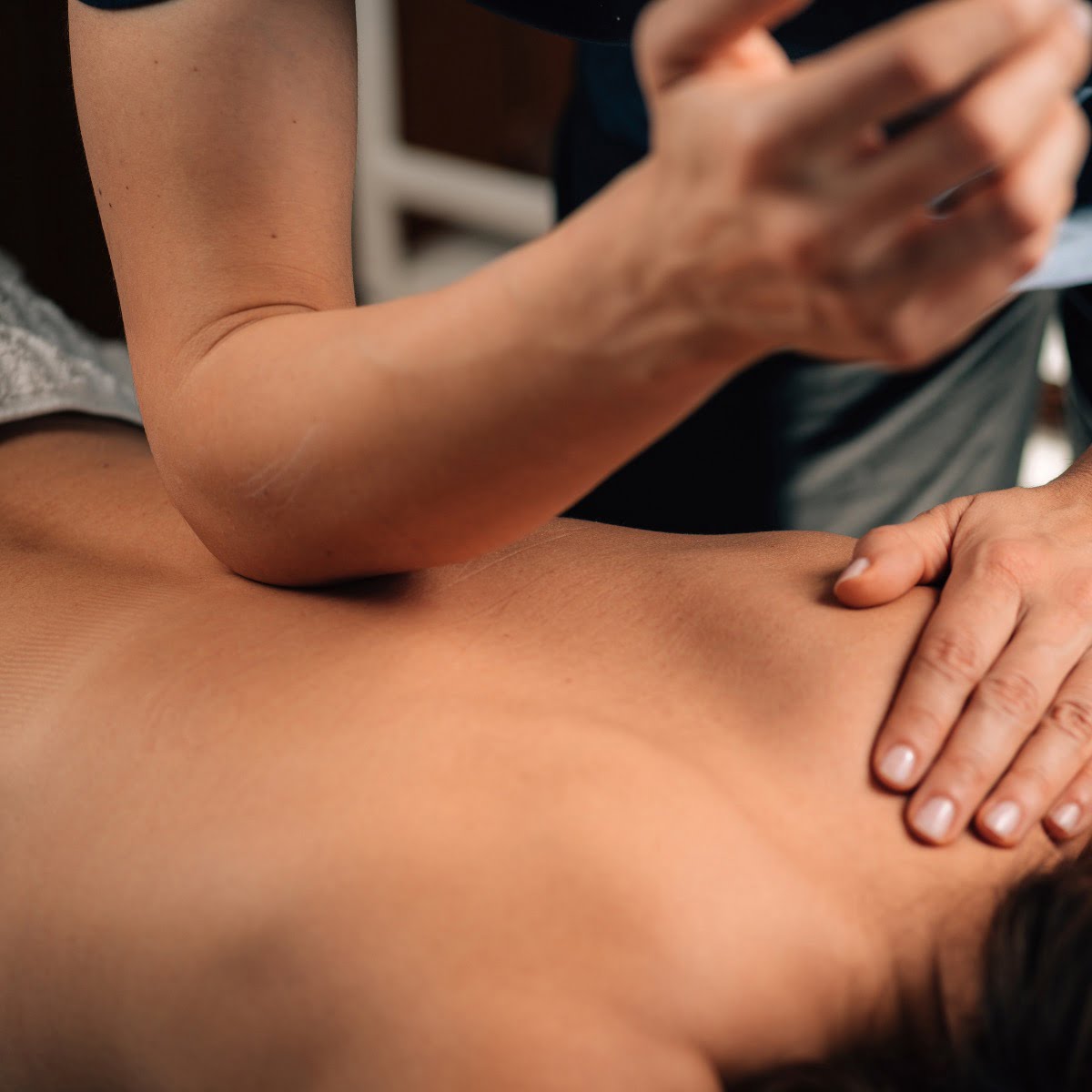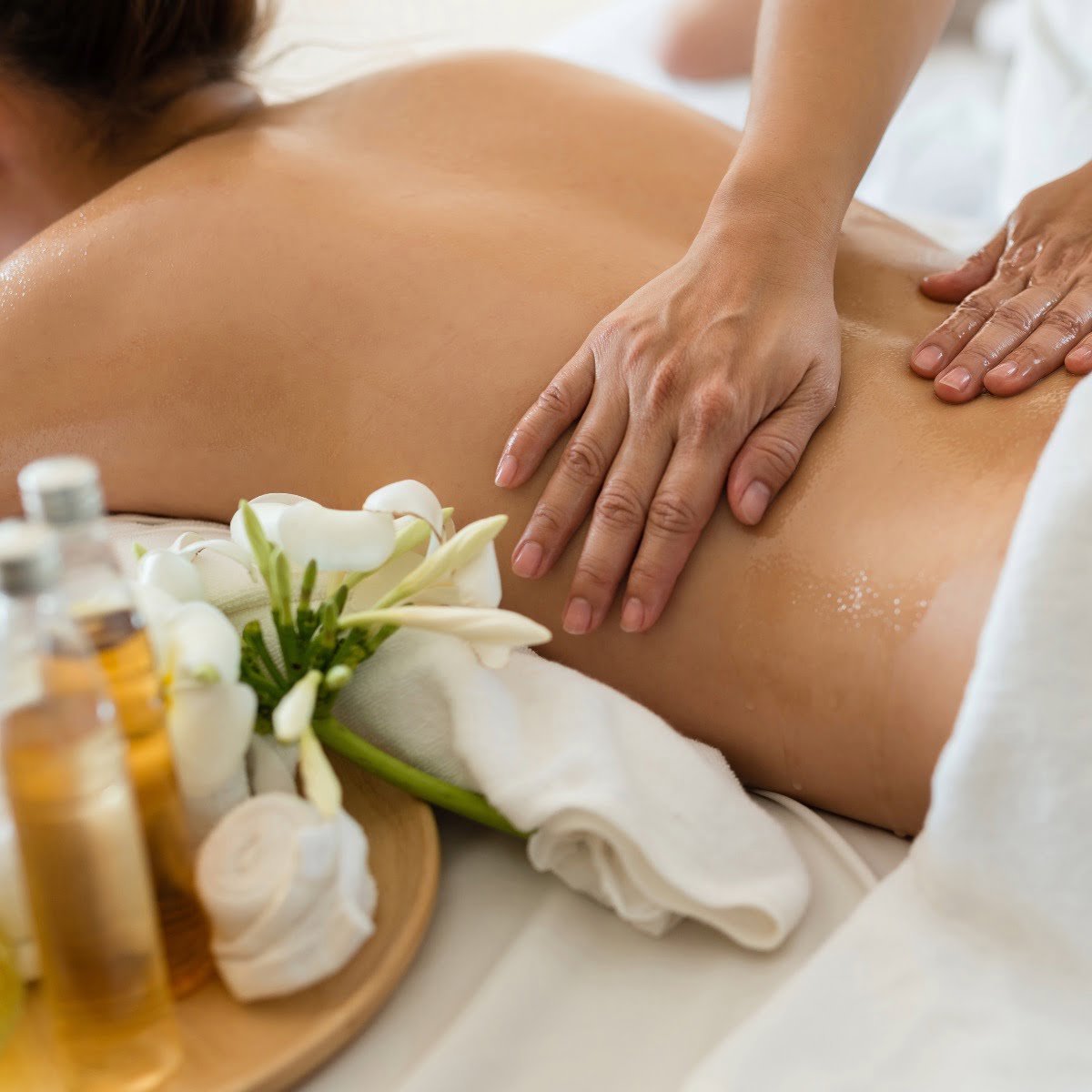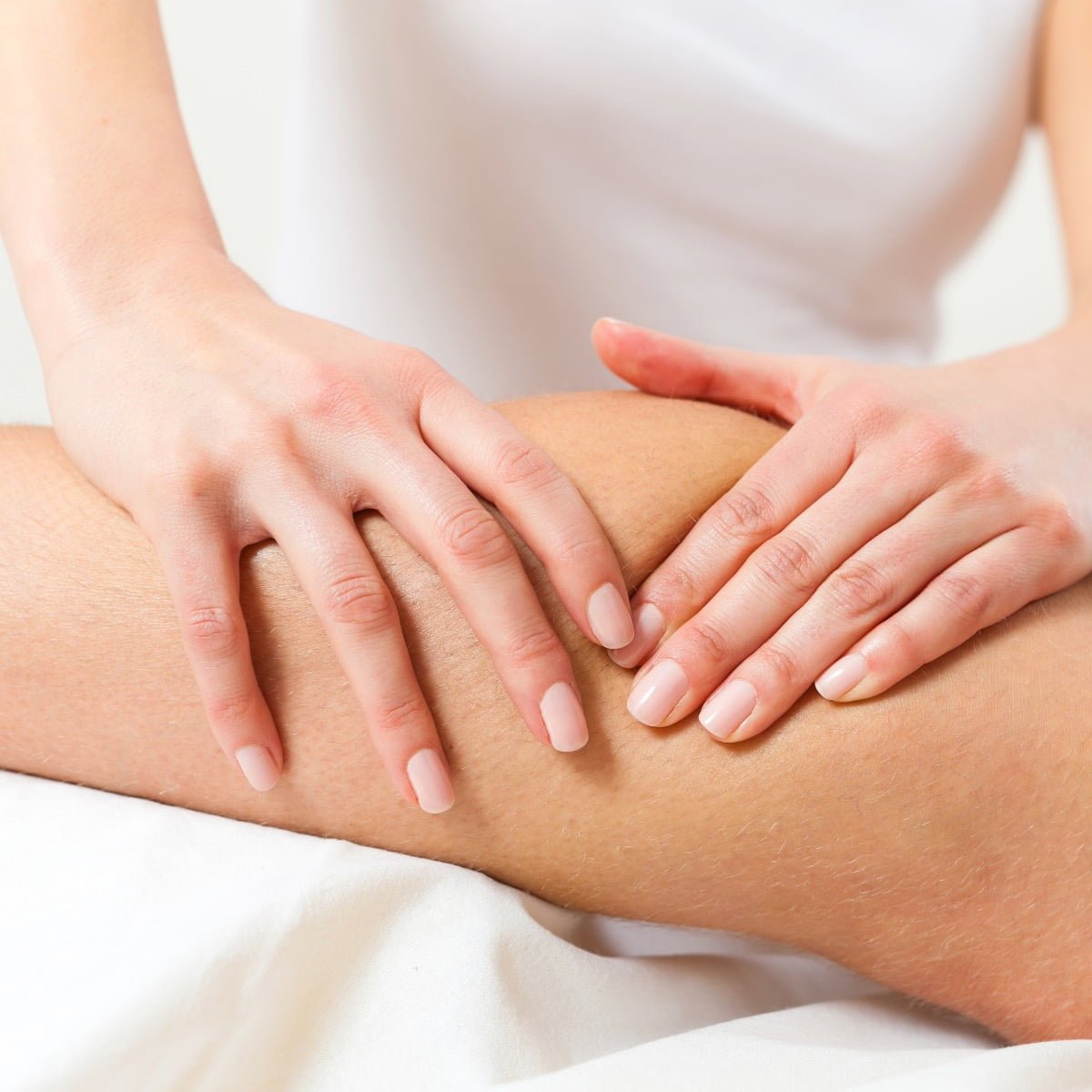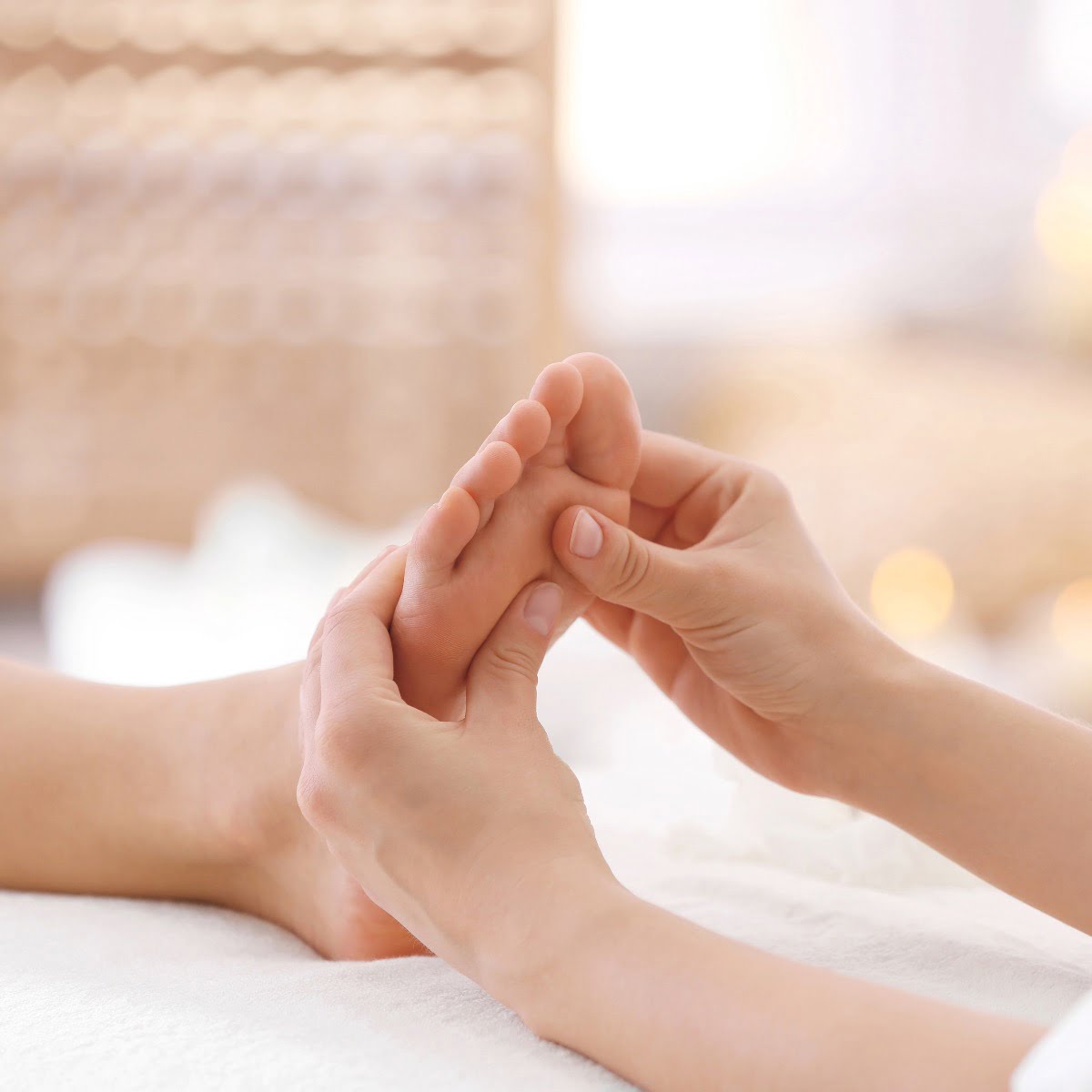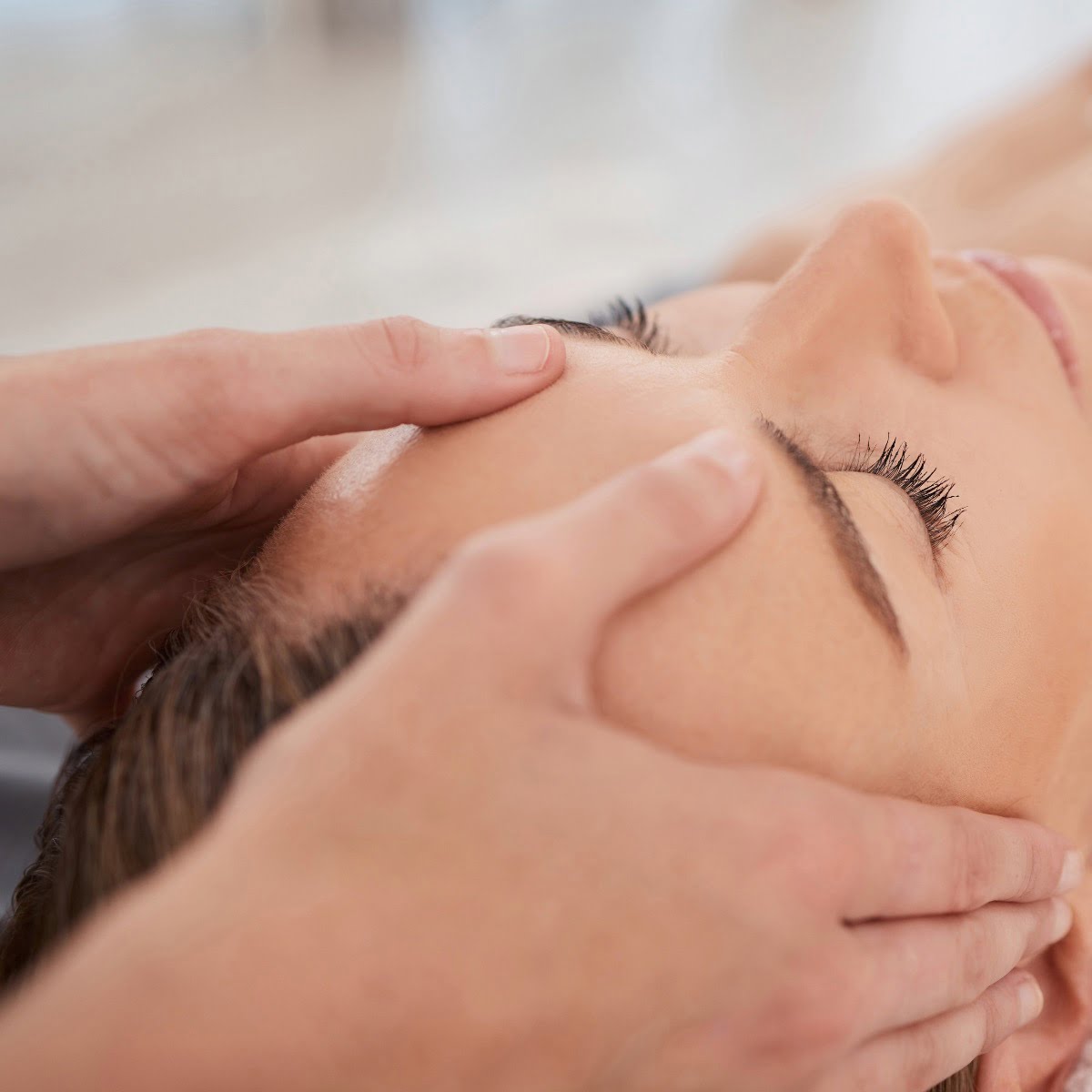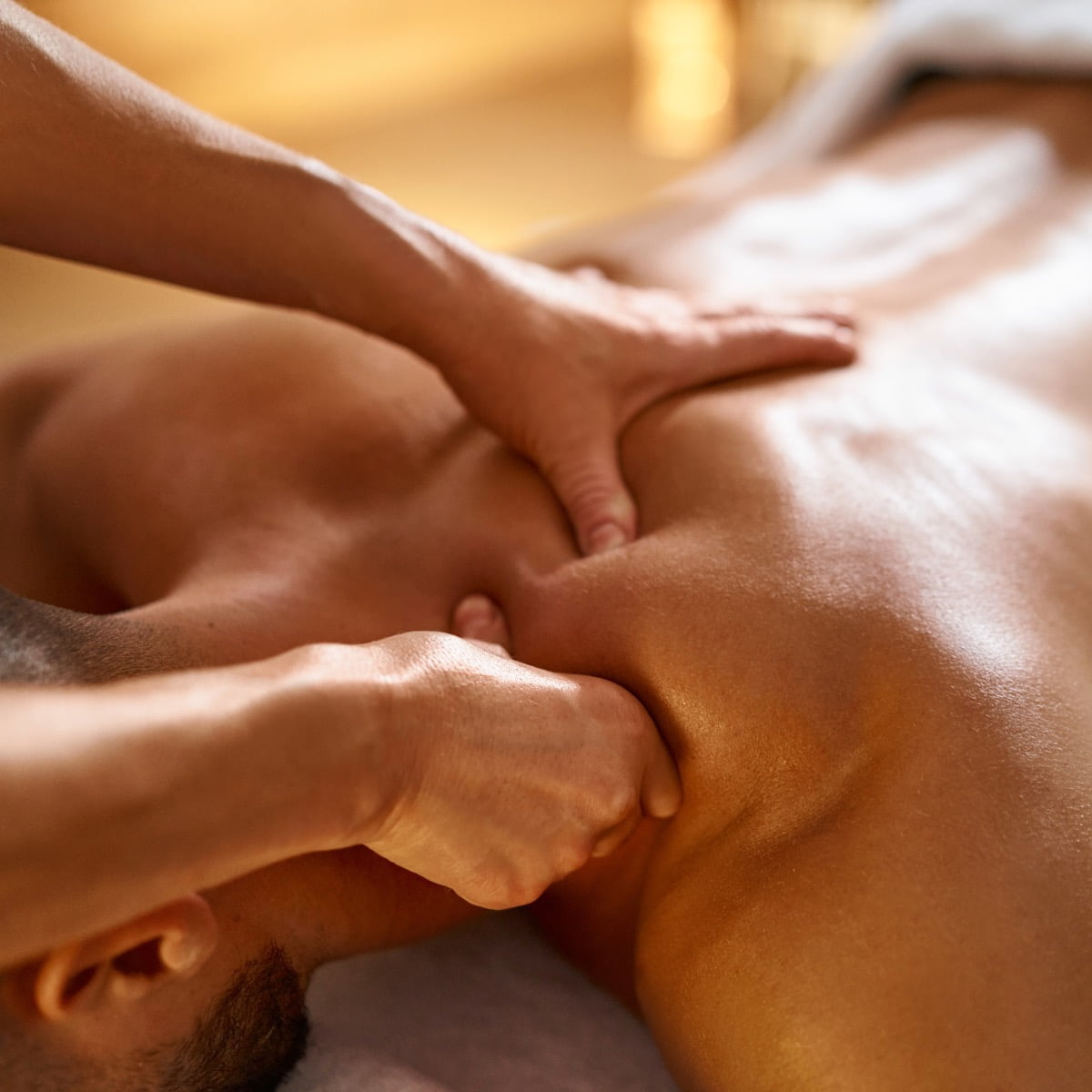Tui Na massage, an ancient healing art originating in China over 4000 years ago, places a central emphasis on the harmonisation of an individual’s vital energy.
Practitioners employ a diverse array of techniques encompassing kneading, pressing, rolling, and stretching.
The term ‘Tui Na,’ translating to ‘push and grab,’ represents a deep tissue massage approach rooted in Traditional Chinese Medicine’s theory that injuries or illnesses can create obstructions within the body’s energy channels, resulting in discomfort.
Comparable to a sports massage, yet enriched by the inclusion of acupressure points, Tui Na employs a spectrum of techniques. Therapists use these methods to alleviate muscle tension, spasms, and Qi (energy) blockages within the body’s channels. This process facilitates muscle relaxation, mitigates stagnation, and improves blood circulation, providing the muscles with the optimal conditions for self-repair. Furthermore, Tui Na focuses on restoring the body’s equilibrium by applying pressure to specific acupressure points within the body’s meridian system, thereby stimulating the body’s inherent healing mechanisms.
What can it help with?
Tui Na is profoundly relaxing and serves as a means to enhance overall vitality and well-being. It offers relief from general discomforts and pains by addressing not only the resulting muscle tension but also the underlying imbalance in Qi flow. Moreover, Tui Na demonstrates exceptional effectiveness in alleviating muscle and joint issues, such as those stemming from sports injuries. Here are some examples of conditions Tui Na can assist with, whether they are acute or chronic:
- Headaches and Migraines
- Insomnia
- Shoulder and Neck Pain
- Back Pain and Sciatica
- Rheumatism and Arthritis
- Sports Injuries
- Repetitive Strain Injury
- Sprains and Bruises
- Fatigue and Stress
- Cold Hands and/or Feet
- Digestive Disorders
- Muscle Relaxation
- Enhancing Muscle Tone
- Reducing Scar Tissue
- Improving Blood Circulation and Lymphatic Waste Removal
What to Expect During the Treatment?
Traditionally, Tuina is performed with the client fully clothed, as it doesn’t involve the use of oils. Therefore, if you prefer to remain clothed, we recommend wearing comfortable attire. However, if you prefer the use of oils, we can accommodate that choice, and modesty blankets will be provided.
The duration of the massage typically ranges from 30 to 60 minutes, with a primary focus on addressing common areas of muscle tension buildup, notably the neck, shoulders, and back. If you have a specific injury or particular areas of muscle tension, our treatment will be tailored to address those concerns. While some of the more robust techniques may initially cause mild discomfort, they should never induce unbearable pain.
What can I expect to feel after the treatment?
Following the treatment, you should experience a delightful sense of relaxation and revitalization. Since Tui Na works to rebalance the flow of Qi throughout the body, it can also influence the mind and emotions. Typically, this leaves clients feeling content and reenergized. However, as this potent technique can release blocked emotional energy, it’s possible for recipients to experience heightened emotions, including weepiness, after the massage.
Contraindications
Tui Na is generally a safe therapy, but like any form of massage, it may not be suitable for individuals with specific health conditions. These include:
- Heart disease
- Cancer
- Osteoporosis
- Skin conditions such as eczema, psoriasis, or shingles affecting the area being massaged
Additionally, massage over areas such as the abdomen and lower back is not recommended during pregnancy.

